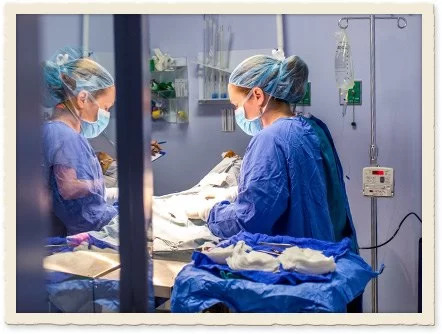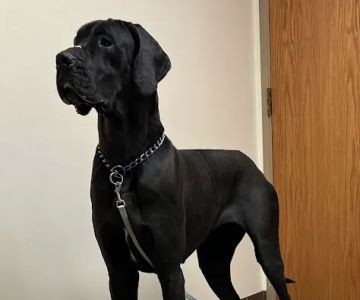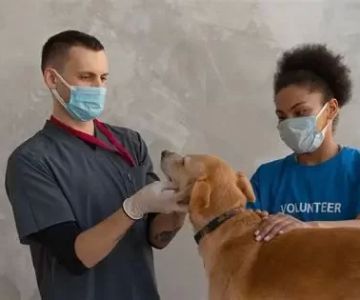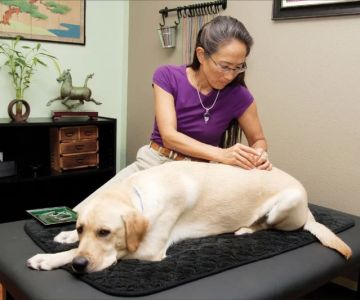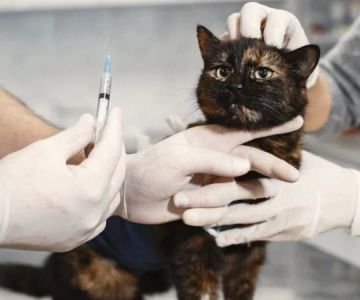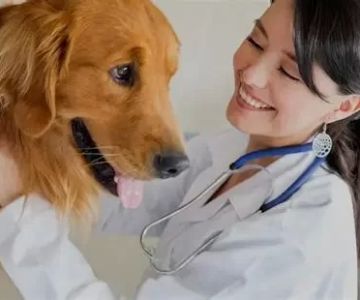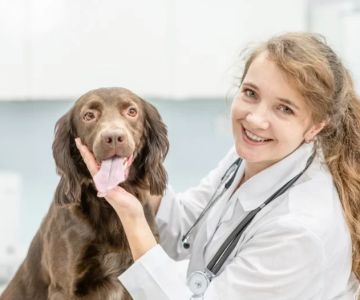- understanding-veterinary-surgery-for-pets
- common-pet-surgeries-and-why-they-are-performed
- what-surgery-means-for-your-pets-health
- real-life-examples-from-pet-owners
- how-to-support-recovery-at-home
- consulting-a-trusted-veterinarian
1. Understanding Veterinary Surgery for Pets
When your beloved pet requires surgery, it can be an overwhelming experience. Whether it's a routine procedure or a life-saving operation, veterinary surgery for pets is a crucial aspect of modern animal care. It encompasses a wide range of treatments, from preventative procedures like spaying and neutering to orthopedic corrections and emergency abdominal operations.
In the United States, the majority of pet surgeries are carried out under general anesthesia and are performed by licensed veterinary surgeons. At Hidden Brook Veterinary, our team is equipped with advanced surgical tools and the compassion needed to guide both pets and their families through the process with confidence.
2. Common Pet Surgeries and Why They Are Performed
Understanding the most common types of veterinary surgery for pets can help reduce anxiety and prepare you for what lies ahead. Here are some procedures frequently performed on dogs and cats:
2.1 Spay and Neuter Surgery
This is the most common preventative surgery. Spaying (for females) and neutering (for males) not only helps control the pet population but also reduces the risk of reproductive cancers and behavioral issues.
2.2 Mass Removal
Benign or malignant growths, lumps, or cysts often need to be surgically removed for diagnosis and treatment. Early removal can prevent the spread of disease, especially in older pets.
2.3 Orthopedic Surgeries
Procedures like ACL (cranial cruciate ligament) repair, hip dysplasia correction, and fracture repair are common among active dogs and aging pets. These surgeries can restore mobility and significantly improve quality of life.
2.4 Dental Surgery
Tooth extractions and jaw repairs are more common than most people think. Dental health is deeply tied to overall wellness, and dental surgeries are essential when infections threaten vital organs.
2.5 Emergency Surgeries
Foreign body removal, gastric torsion (bloat), and cesarean sections fall under this category. These are often time-sensitive and require immediate veterinary attention to save the pet’s life.
3. What Surgery Means for Your Pet’s Health
Surgery, while serious, often leads to better long-term health outcomes. It's a step toward healing — not just a medical procedure. Choosing surgery can mean reducing pain, preventing disease progression, or even extending your pet's lifespan.
3.1 Mental and Emotional Preparation
As a pet owner, preparing emotionally is just as important as preparing physically. It’s completely normal to feel nervous. Clear communication with your veterinary team is key — ask about the risks, benefits, and the expected recovery timeline.
3.2 Physical Readiness
Your vet may recommend pre-operative blood work, imaging tests, or fasting instructions. These ensure your pet is a good candidate for anesthesia and help minimize any surgical risks.
3.3 Immediate Post-Operative Monitoring
After surgery, pets are monitored closely for any complications. At Hidden Brook Veterinary, our post-op care includes pain management, wound care, and continuous monitoring until your pet is stable and ready to return home.
4. Real-Life Examples from Pet Owners
Max, a 7-year-old Labrador Retriever, underwent cruciate ligament surgery after limping for months. His owner, Jamie, shared that she initially hesitated due to fear of complications. But after the procedure at Hidden Brook Veterinary, Max was walking without pain within weeks. “It was the best decision I ever made for him,” Jamie said.
Another example comes from Carla, whose rescue cat Luna needed a tumor removed. “The vet explained every step, and the team followed up every day after the surgery. Luna is now healthier and more energetic than ever,” she said.
Stories like these show that while veterinary surgery for pets may sound daunting, it often leads to better outcomes than doing nothing. Early intervention matters.
5. How to Support Recovery at Home
Post-surgical care at home is critical. Your role in your pet’s recovery is huge, and following your veterinarian’s instructions can speed up healing and prevent complications.
5.1 Pain and Medication Management
Make sure to give prescribed medications on time. Do not stop treatment early even if your pet seems fine. Pain relief, antibiotics, or anti-inflammatories are essential in the healing process.
5.2 Rest and Restricted Movement
Limit physical activity. Your vet may recommend crate rest or using a leash indoors. Too much movement too soon can reopen incisions or damage surgical repairs.
5.3 Watch for Warning Signs
Monitor for unusual swelling, discharge, lethargy, or changes in appetite. If anything feels off, call your veterinary clinic immediately. Hidden Brook Veterinary offers 24/7 support during post-operative recovery for our clients.
5.4 Diet and Hydration
Your vet may recommend a special recovery diet. Make sure fresh water is always available and meals are served on schedule. A healthy gut supports overall healing.
6. Consulting a Trusted Veterinarian
When facing surgery decisions, always work with a veterinarian you trust. Surgical recommendations should be based on a complete physical exam, diagnostic results, and your pet’s medical history.
Hidden Brook Veterinary is proud to provide comprehensive surgical services with a focus on patient comfort and family education. From minor procedures to complex operations, our team ensures you’re never left in the dark. We treat every pet like family — because they are.
If your pet has been recommended for surgery or is showing signs that may require intervention, contact us for a consultation. Together, we’ll build a treatment plan that prioritizes both physical healing and emotional peace of mind.

